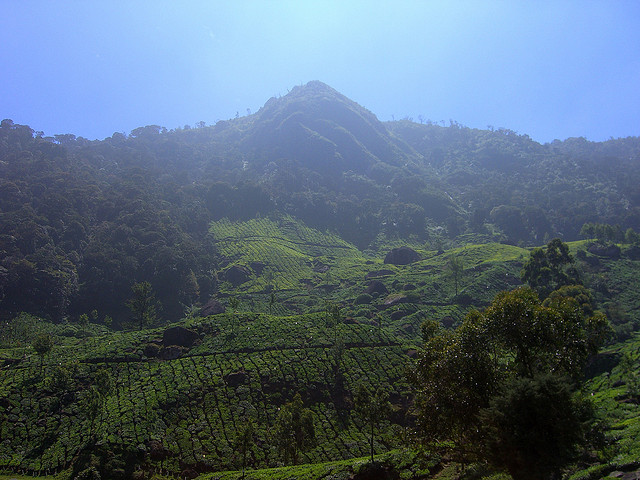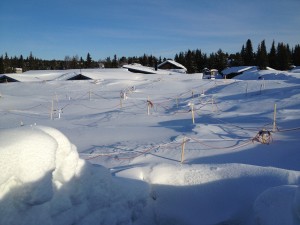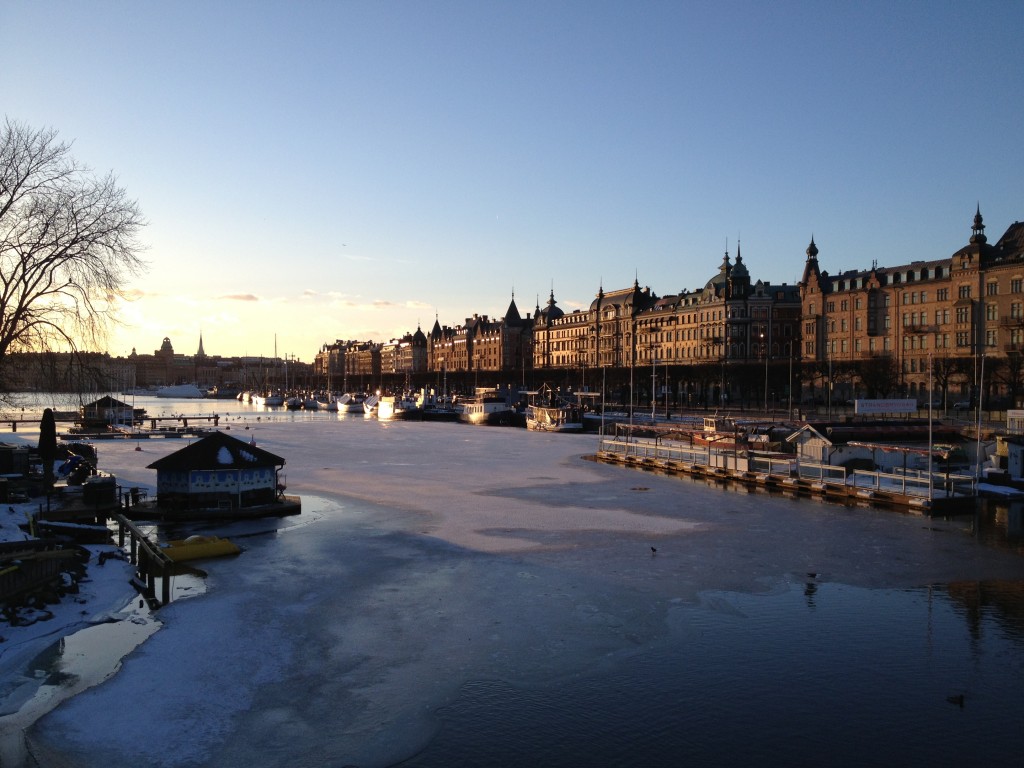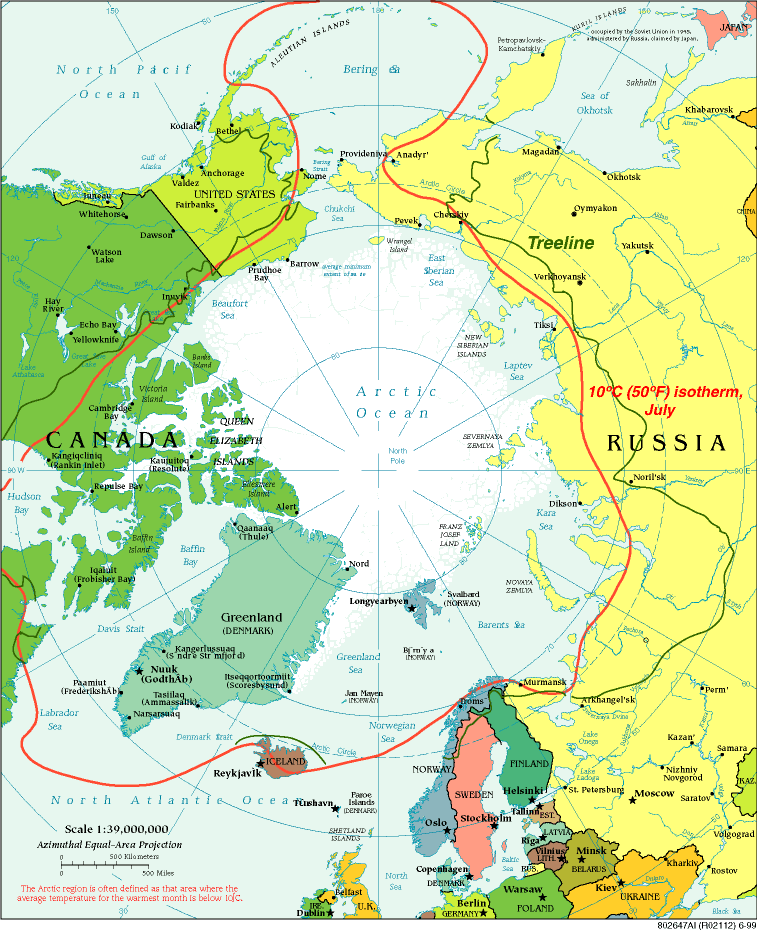Search Results for Tag: Sweden
What ranks higher: Biodiversity or need for green energy?

The Western ghats in India are home to 39 Unesco World Heritage Sites (Photo credit: CC BY NC SA: pocketdora)
If you were a politician and forced to choose, in which way would you push your agenda: preserve nature’s diversity by upholding protected areas or to lift the restrictions to allow them to be used for green energy projects – such as solar power or wind farms?
Such decisions are made all over the world. In Sweden for example, there is great potential to expand the use of hydro- or wind-power. At the same time large parts of the country are nature reservoirs and thus protected. But people in Sweden people love there nature and they seem to generally agree that protected areas shouldn’t be given up for the sake of more green energy.
In India the opposite happens: In a region called the “Western ghats“, reaching along almost the whole Western coast of the country. Due to its richness in unique plant- and animal-species it’s also considered a global biodiversity hotspot – one of 35 biodiversity hotspots worldwide. Though, a little over a third (some 60,000 sq km) of that area is designated an “ecologically sensitive area” and thus protected. Well, “protection” here means the following: Companies are not allowed to dig mines, set up thermal power plants or any other polluting industries. But hydro-electric power plants and wind turbines are ok if they conform to strict “green” rules and monitoring, according to a report by the Times of India.
The other 63 percent of the Western Ghats will remain unprotected, designated as “cultural landscape” (including villages, agriculture and non-forest plantations). But biodiversity experts call for caution: just because a region is considered a “cultural” landscape it should not be less worth protecting. Also, in a cultural landscape they consider industrial activity to be a possible threat to nature’s richness. Environmentalists fear desertification of the region may be a problem, too.
As so often it comes down to a hard choice between economic goals and the value of nature: How would you decide?
Exploring the North – Sleep surrounded by ice
No matter where you are on the planet, in which country you live and where you’re reading these lines – once a day (at least), we all do the same thing – go to sleep. But some places offer more unusual environments than others to nod off. For instance, how about falling asleep surrounded by ice?
That’s exactly what I tried out at an ice hotel in Sweden. Even the idea of sleeping at about minus five degrees Celsius seems to awake some old evolutionary instincts (at least in people who are lucky enough to normally sleep in a warm bed at room temperatures around 20 degree plus). I actually felt a bit worried that I might not wake up (though the biologist in me knows all too well that if temperatures fall too far, you’ll just lose consciousness while sleeping and won’t even realize when you’re freezing to death). But I kept telling myself that all the other people who stayed here survived and that the polar sleeping bag will be warm enough.
It’s eerily quiet within each room in the hotel made of ice. That might be because of the contrast between sensual temperature feeling that tells me I must be outside, because it is so cold – and my auditive impression to be inside though. The rooms have actually no door, just a curtain and no bright light either. Just a more artistic green-bluish light installation that’s meant to imitate the Northern Lights. It’s an atmosphere that’s calming and oppressive at once.

Lying in the room of ice on a bed made of ice (and a fur in between), wrapped up like a caterpillar in the sleeping bag, I’m watching myself falling asleep, meticulously noting the temperature of all body parts. In fact, 95 percent feel warm. The only cold part is the one that is not covered by the sleeping bag – my face. I can pull the bag tight so only my eyes, mouth and nose are uncovered. It feels a bit like an ice cube wandering over my skin, slightly cooling the surface.
Of course if you’re really tired, you can doze off under any circumstances. And while asleep, I sometimes have brilliant ideas like pulling my cap over my eyes and my scarf over the mouth. Even the biologist in me learned a lesson – waking up in the night because the lower sleeping-side is too cold. You actually register that and clumsily crawl onto the other side and fall asleep again as if you were in you own bed at home.
So what’s next?
Is ice as a building material a (literally) cool idea? Find out soon!
Exploring the North (1): The Arctic circle

Freezing temperatures, darkness, vast icy landscapes – that’s what I’m expecting within the next days as I journey northwards through Sweden and Norway. Maybe those are just stereotypes I have as I travel towards the Artic circle (and actually even cross it into the Artic region). I’ll soon find out. But I’d like to take you along on my exciting journey.

Credit: Map courtesy The Perry-Castañeda Library Map Collection. Treeline added at NSIDC based on information from National Geographic 1983, Armstrong et al. 1978, and Young 1989.
What is so special about the Arctic circle?
The circle of 66,65° latitude (commonly) defined as the Arctic circle, above which the sun doesn’t rise or set for at least 24 hours a year. In fact, in most regions these states last for several month of the year. Additionally, temperatures can fall below -70 degree Celsius and usually do not rise higher than 10 degrees in summer. That may not sound very comforting. But, actually there are several animals, plant species (there are more than 400 flowers that can only be found North of the Arctic circle) and people who live and flourish here – traditionally as well as for research purposes.
Because living beings have to be well-adapted to such tough conditions in order to survive, the regions and its inhabitants are especially sensitive to changes due to global warming. Scientific measurements showed that temperatures in the polar regions are two to three times quicker than in other regions. That is why it is said to be the planet’s early warning system.
What’s next on this journey?
I’d like to show you how a relatively rich country like Sweden harnesses green energy sources – and why some people protest against it. In addition, I hope to introduce to you some non-human climate rescuers.
You can follow my journey here on the Global Ideas Blog and see my travel route on this map:
Journey to the Arctic circle auf einer größeren Karte anzeigen
(Green icons: been there, blue icons: places to visit later on)




Feedback